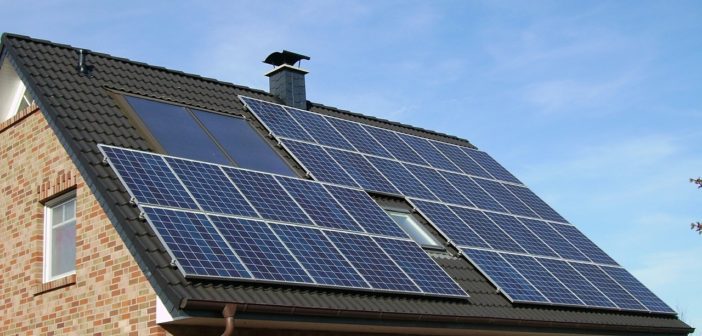The residential solar industry is growing at a rapid rate. In fact, to meet demand, solar panel installer is now one of the fastest growing jobs in the country. Thousands of homeowners in various states across the nation have made the switch to solar and are seeing the savings in the form of lower energy bills every single month. Many are curious but are worried it might not work for their family. Luckily, with some simple research, you can quickly find out how much you can save by going solar. So, how can you calculate the potential money saved with solar panels if they were to be installed on your home?
- Gather At Least 12 Months Worth Of Electric Bills
- Identify Both Demand Average And Total Home Energy Usage
- Review Estimated Annual Solar Production
- Calculate Payback Period
Gather At Least 12 Months Worth Of Electric Bills
To understand how much money you could possibly save in the future, you must first review home much you’ve spent on energy in the past. A minimum of twelve months of energy bills should be used but of course the more data you have the better. This will give you a great idea of your annual energy usage by month and your average cost of electricity throughout the year. If you have more than one year, you will also be able to notice how much your cost of electricity has risen over time. If you are having trouble finding out your exact utility rate, you can instead reference the Energy Industry Association’s average cost of electricity list by state to get a ballpark figure with which you can then use for calculations. It is best to record your monthly usage in a spreadsheet so that it remains organized and you can reference it quickly at a later date.
Identify Both Demand Average And Total Home Energy Usage
Once you’ve placed all of your past energy bills into a spreadsheet, you will be able to identify your home energy demand and energy usage. The demand is the number of kilowatts you are pulling from the grid. This is equivalent to the amount of power you use which is different from energy. Your total energy usage is the number of kilowatt hours you use each month. Because these figures are charged differently on your electric bill, it is important to both know the difference so you can see how solar could help lower each of them.
Review Estimated Annual Solar Production
After identifying your home energy usage, you will want to find various quotes for a home solar system. By getting many quotes, you can see who is offering the best possible deal. Many of these quotes will contain an estimation of how many kilowatt hours the proposed solar system will produce annually. To normalize the cost of each proposed system, view the cost as dollars per watt of solar installed. It is important to note that just because a system is projected to produce the most energy per year, doesn’t necessarily mean that it is the best deal. To find the best deal, look closer into the payback period.
Calculate Payback Period
The payback period is the amount of time it takes for your residential solar system to pay for itself. Once your savings are equal to the total amount out of pocket to install the system, the solar array has paid for itself. To do this, first subtract the total value of any financial incentives from the total cost of the solar system to figure out how much you will actually pay out of pocket. Then, divide the total cost of the solar system after incentives by the average estimated value of solar production. To figure this value out, multiply the amount of energy your solar system is projected to produce in a year by the value per kilowatt hour generated. Once you divide these two numbers, you will find out how many years it will take for the solar array to pay for itself. Once you’ve had the solar system for this amount of time, all additional savings can be viewed as “free energy”. This is because you are now producing energy on a fully paid for system that requires only free fuel in the form of sunlight.




